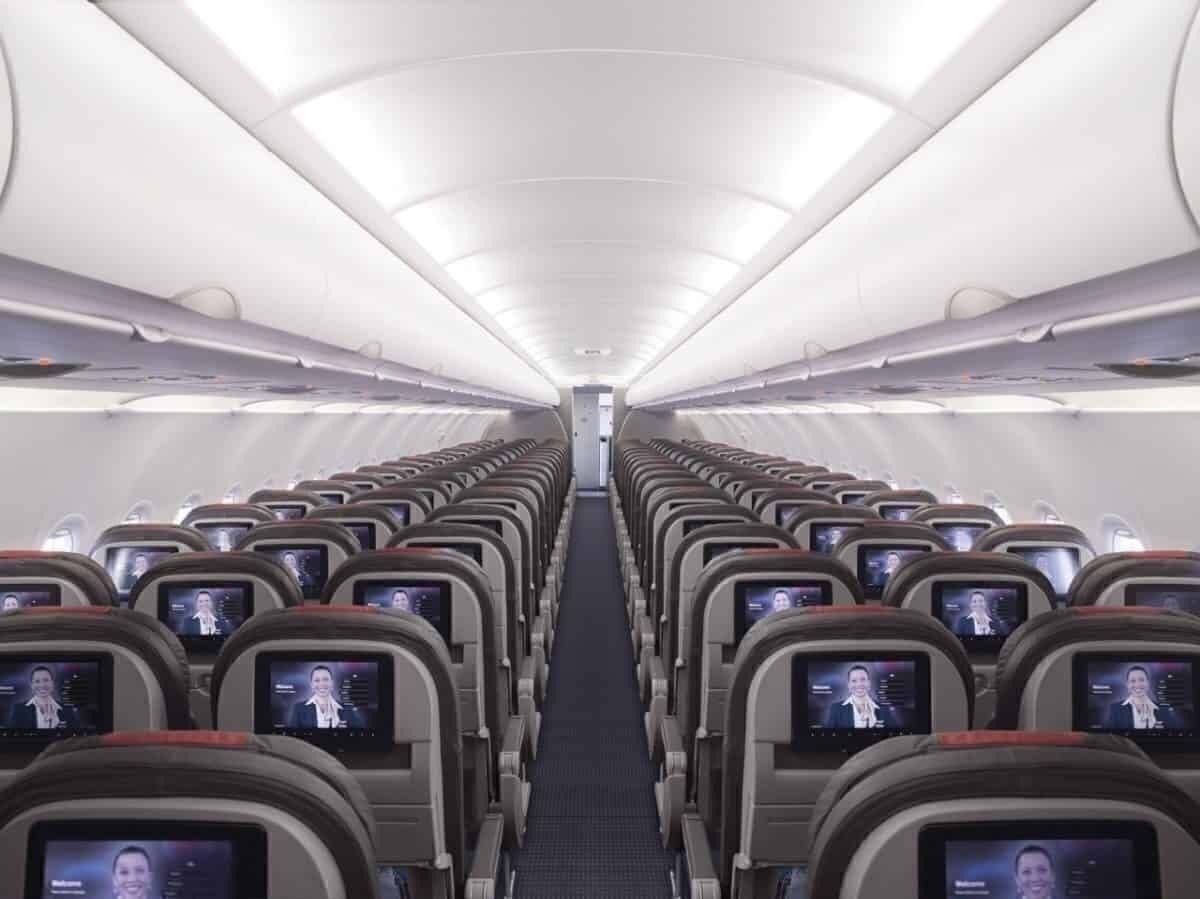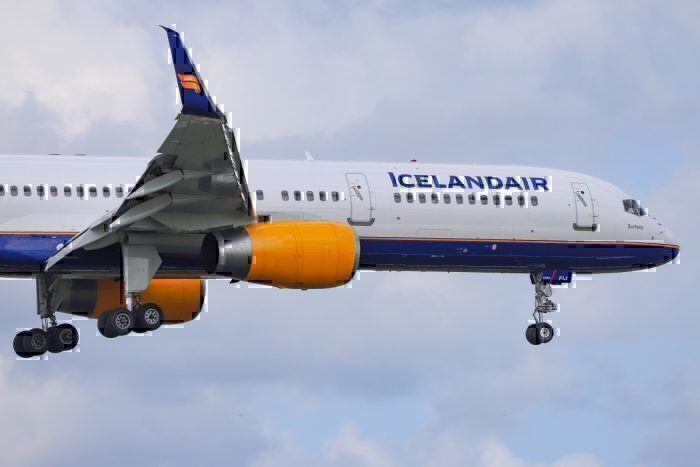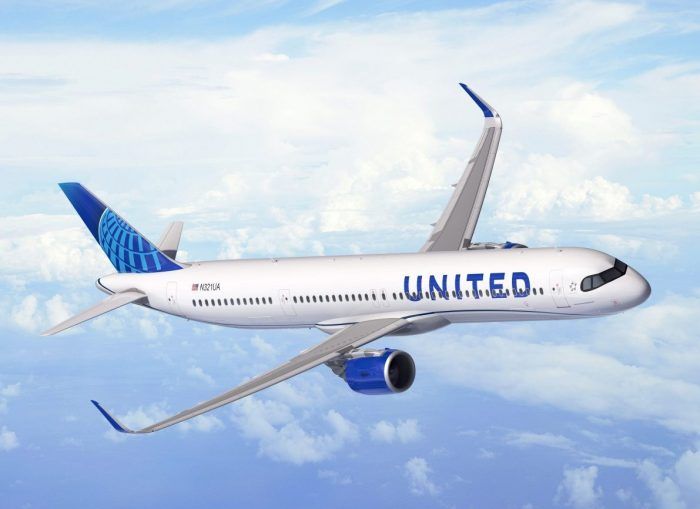For the longest time, the Boeing 797 has been on plans a widebody twin aisle aircraft. However, could Boeing follow in the footsteps of the Airbus A321XLR and turn its 797 into a single aisle aircraft?
What are the details?
A former Airbus executive has gone on the record with Flight Global stating that Boeing should turn the Boeing 797 into a short-haul narrowbody, slightly bigger than a Boeing 737.
The former Airbus Americas president Barry Eccleston has turned critical on the NMA 797 program, saying that it doesn't hit the bullseye that Boeing is going for.
“The market is between 160 to 240 seats and 3,000nm to 5,000nm, that’s where the volume production is,” Eccleston spoke to Flight Global. “I’m probably going to lean towards a single aisle rather than a twin aisle for that volume market.”
Boeing's original plans for the Boeing 797 was a 220-270 seater aircraft with the range around 5,000 nautical miles (9,260 km). It would be a replacement aircraft for the Boeing 757, but plans were postponed earlier this year.
However, perhaps Boeing was a bit off the mark with this concept. Two of Eccelstons points ring true:
- Most air journeys are between 3,000-5,000 nautical miles. Having the range over 5,000 is a 'nice-to-have' but does come at the cost of making the aircraft more expensive to run, like extra fuel tanks or heavier engines.
- The passenger capacity up to 270 is great, but as the industry moves to frequency over capacity, Boeing would be building aircraft for a future that doesn't exist and that few airlines are interested in. They should be focusing on a maximum 240 seater aircraft to better cater to what the market wants.
However, the biggest design change would be a flip from a widebody aircraft with two aisles to a narrowbody single aisle aircraft.
Why would the Boeing 797 be a narrowbody aircraft?
If Boeing does follow this suggestion and built an aircraft for the 240 seater 5,000 nautical mile market, they should build it as a narrowbody.
The reason is that a narrowbody aircraft has superior economics compared to a widebody over short distances. A widebody has great fuel efficiency but only over thousands of kilometers, whilst a smaller narrowbody uses less fuel taking off and landing within a few hours.
It is for this reason that the Boeing 737 has been so successful, and like the Airbus A320, one of the highest-selling airframes of all time.
In fact, if Boeing did go down this route they would be following in the footsteps of Airbus with their own A321XLR program. The A321XLR is designed to fly long distances with the cost-savings of a narrowbody aircraft.
So far the A321XLR has sold incredibly well, and with no Boeing equivalent, airlines have no choice but to choose it.
But Boeing has thus far said that any future plane would not be designed in response to anything from Airbus, like the A321XLR.
“We will not design our next airplane on the basis of the A321,” Boeing CEO Calhoun mentioned to investors.
What do you think? Should the Boeing 797 be a narrowbody? let us know in the comments.



